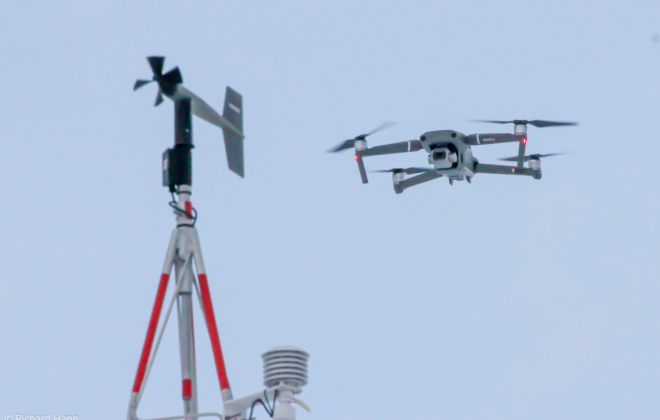How to fly a drone in Svalbard (safely).
Recently, a report on the State of Environmental Science in Svalbard (SESS) was released during the SIOS Polar Night Week in Longyearbyen. It is the fifth issue of an annual series of reports published by the Svalbard Integrated Arctic Earth Observing System (SIOS). Before, I wrote two chapters (2021 & 2022) on how unmanned vehicles are used for scientific applications in Svalbard – together with a group of international researchers.
In this recent publication, we focused on practical guidelines on how to conduct drone-based research in Svalbard. One important point is how to store data and how to implement data sharing. This will enable other scientists to archive their data for a long time and allow for re-using other datasets. Furthermore, we present a comprehensive framework for the planning of drone fieldwork, along with practical recommendations. Last, several recommendations are given on how SIOS could further strengthen the use of UAVs in Svalbard for scientific applications.
Reference: Hann, R., Betlem, P., Deja, K., Ewertowski, M., Harm-Altstädter, B., Jonassen, M., Lampert, A., Laska, M., Sobota, I., Storvold, R., Tomczyk, A., Zagórski, P. (2023) Practical Guidelines for Scientific Application of Uncrewed Aerial Vehicles in Svalbard. SESS Report 2022, Svalbard Integrated Arctic Earth Observing System. DOI: 10.5281/zenodo.7371141




